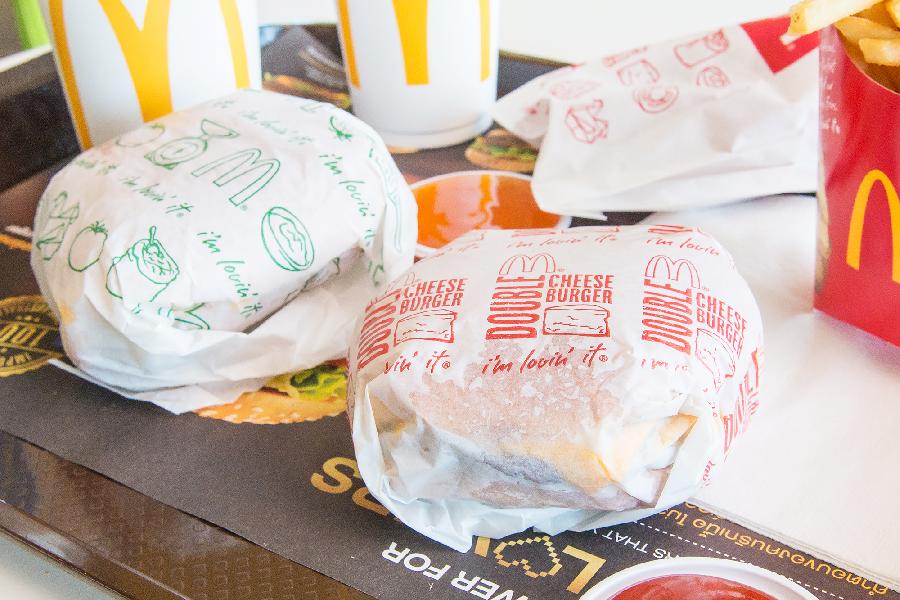

Food companies that are seeking to launch new products into foodservice venues can learn some important lessons from the ongoing wave of plant-based product introductions in the industry.
The entrepreneurial spirit that helped drive many plant-based companies can be a valuable asset for any food or beverage manufacturer that's seeking to gain traction in the restaurant space, for example.
In addition, plant-based product makers learned that sharing their specialized knowledge about what makes their products unique and how they appeal to different customers is also important. That can be a key asset for any company that's looking for its products to gain a place on restaurant menus.
Manufacturers also need to ensure that their own organizations and supply chains are structured to support the needs of their restaurant customers. This can require an approach that differs significantly from rolling products out in retail.
Unlike retail products, which consumers may discover while shopping or through word of mouth, in the restaurant industry, new products are key sales drivers and play an important role in generating consumer excitement. A typical restaurant may have only 10 or 20 core menu items, compared to 20,000 or more SKUs in a grocery store. This makes each new product that much more important to the restaurant's success.
Also, most restaurant products will be a direct reflection of the restaurant's brand, as opposed to the supplier's brand. Manufacturers need to consider how their products help define a restaurant's own concept and positioning.
Here are three lessons suppliers can take away from the burgeoning plant-based category in foodservice:
Understand the needs of the restaurants you are trying to reach
Food and beverage manufacturers will need to take steps to optimize their products for foodservice applications, such as packaging in bulk.
In addition, each foodservice channel will have its own specific needs when it comes to product — hotel restaurants may need their suppliers to prepare or package products one way, quick-service restaurants another way and college cafeterias yet another. Manufacturers need to understand the differences among these foodservice formats and how their products may fit into each.
Other factors to consider include how the product will be prepared in the restaurant's kitchens. What equipment is needed? Will the product be geared for on-premises consumption, off-premises consumption or both? What kind of packaging is needed to provide customers with an optimal experience?
One of the lessons from the plant-based industry's success in foodservice is the need for suppliers to be able to articulate the consumer demand for their products. Restaurant operators need to know that a new product will drive incremental revenues from customers — by attracting new customers, driving higher check averages or increasing frequency among existing customers.
"Restaurants rely on suppliers to bring in a lot of that information," says Catherine Porter, chief marketing officer at Elohi Strategic Advisors, which provides strategy and execution services for manufacturers selling into the foodservice channel. "Manufacturers need to make sure they're prepared, come in knowing the answers to those questions and show that they're ready to do business with them."
When it comes to plant-based products, for example, vegans aren't necessarily seeking a product that mimics the taste and texture of meat, says Tamearra Dyson, chef and owner at Souley Vegan, a vegan restaurant chain based in Oakland, Calif. Meat-eaters, on the other hand, may be tempted to try a plant-based alternative that provides a more meat-like eating experience.
Ensure you have the right organizational structure
Stephanie Lind, founder of Elohi Strategic Advisors, likes to say that manufacturers "need to slow down to go fast."
"That means you need to get your house in order before you launch," says Porter. "You may think your product is ready, but is your organization ready?"
For instance, manufacturers should be able to ensure that they can provide their restaurant partners with a consistent supply before they pitch their product. That includes having the manufacturing capacity and the distribution strategies in place, as well as the structure to provide ongoing support once a product has been introduced.
Bringing an entrepreneur's enthusiasm can be an asset when it comes to working with restaurant customers, says Dyson, but that only goes so far.
"You need to have some strong strategic relationships," she says. "You need to establish a strong, healthy team behind you."
Another lesson from the plant-based world: Manufacturers of mainstream products that are seeking to sell highly specialized items into foodservice may want to consider using a dedicated sales team for those new items. These sales agents would have in-depth knowledge about the specialty products and their target customers.
Consider what's needed for long-term success
Plan strategies upfront to ensure that products earn ongoing presence on restaurant menus.
That requires maintaining communications with restaurant partners about how the products are meeting all their needs. This includes how the products are fitting into the restaurant's operations, as well as how they are impacting key variables — such as sales volumes, average ticket and traffic counts.
Manufacturers should be prepared to adjust their product to ensure that it is meeting all their restaurant partners' goals, as well as their own.
"We believe it's really important to build a strong relationship with operators and distributors from the start, be a good supplier partner and be easy to do business with," says Porter. "That really comes from knowing what they need and how you can help support their success with your products. That means showing up with insights, menu inspiration and operational and communications support that the customers are going to need and expect from their business partners."
Visit Elohi Strategic Advisors to learn more about how to position your products for ongoing success in foodservice.




























